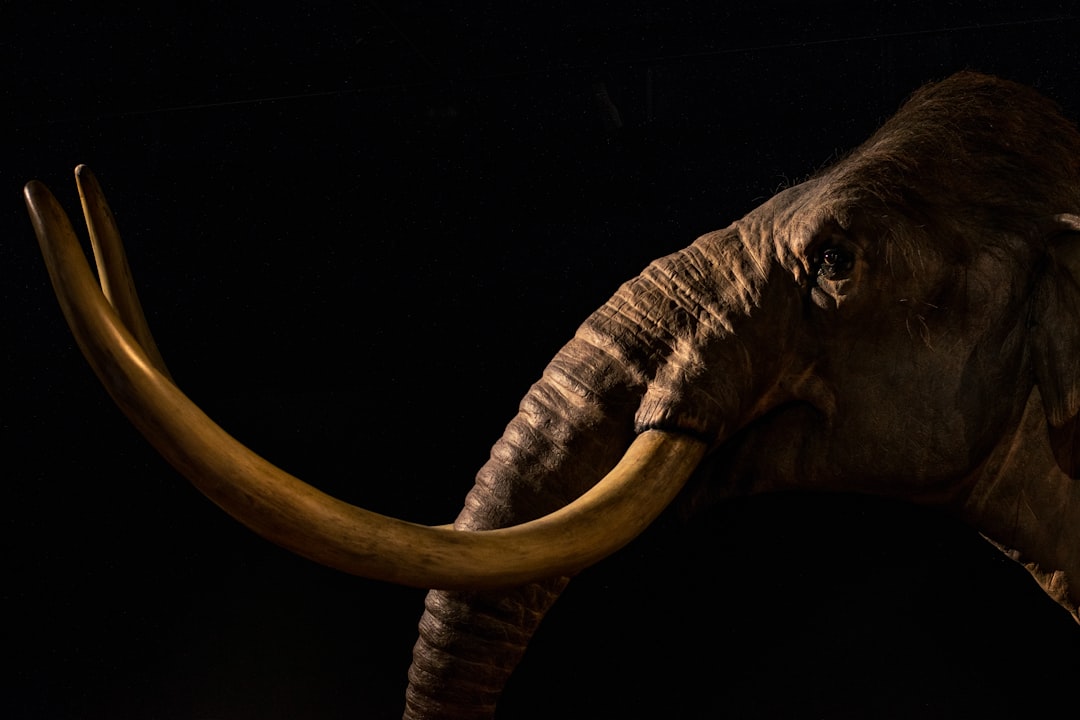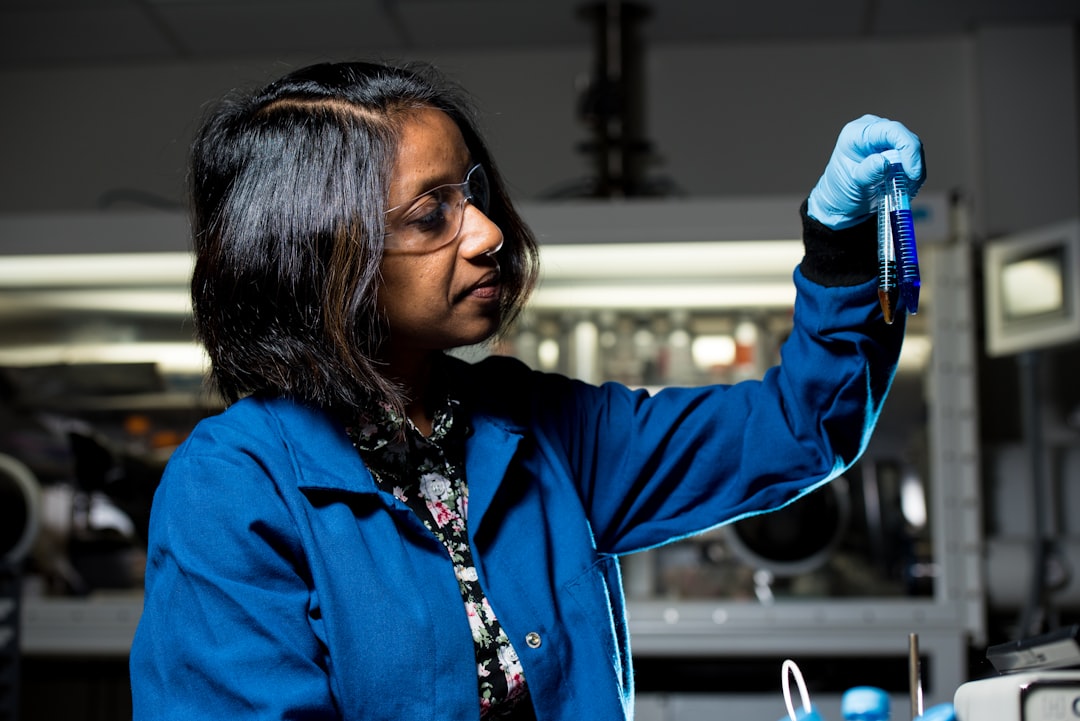What is it about?
This article study the resurgence and use of the perfect compass, i.e., the compass to draw conic sections, in the Renaissance Europe. The perfect compass, used by al-Qūhī, al-Sijzī and his successors for the continuous drawing of conic sections, reappeared after a long eclipse in the works of Renaissance mathematicians like Francesco Barozzi in Venice. The resurgence of this instrument seems to have depended on its interest to solve new optico- perspective problems. Having reviewed the various instruments designed for the drawing of conic sections, the article is focused on the sole conic compass. Theoretical and empirical applications are detailed. Contrarily to the common thesis of an independant discovery, various elements suggest a direct descent between the birkār al-tāmm of the Arabic mathematical tradition and the Italian conic compass. Then we present the most probable transmission hypothesis involving: 1° Ibn Yūnus and his disciples of Mosul, 2° Sultan Malik al-Kāmil in Damas, 3° Master Theodore and Frederick II at the court of Sicily, 4° Andalò di Negro in Naples, 5° Lorenzo della Volpaia, Vinci, Sangallo and Michelangelo in Florence, 6° Ausonio, Contarini, Thiene and Barozzi in Venice.
Featured Image
Read the Original
This page is a summary of: LE TRACÉ CONTINU DES SECTIONS CONIQUES À LA RENAISSANCE: APPLICATIONS OPTICO-PERSPECTIVES, HÉRITAGE DE LA TRADITION MATHÉMATIQUE ARABE, Arabic Sciences and Philosophy, September 2007, Cambridge University Press,
DOI: 10.1017/s0957423907000422.
You can read the full text:
Contributors
The following have contributed to this page










